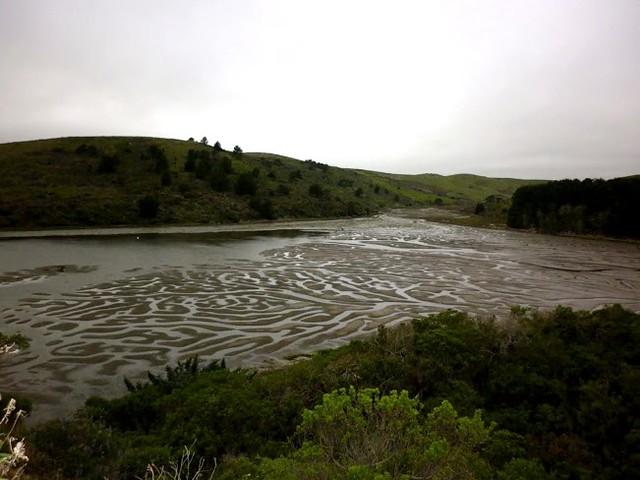
Near Inverness in Northern California along the Estero Trail, there is a secret little beach littered with cetacean fossils that are roughly 7 million years old. These cetaceans were the ancestors of the modern day gray whale, and this particular area used to be their breeding ground. The whole hike is only about 9 miles round trip, and there is only a minimal amount of bushwhacking necessary to get to the fossils.
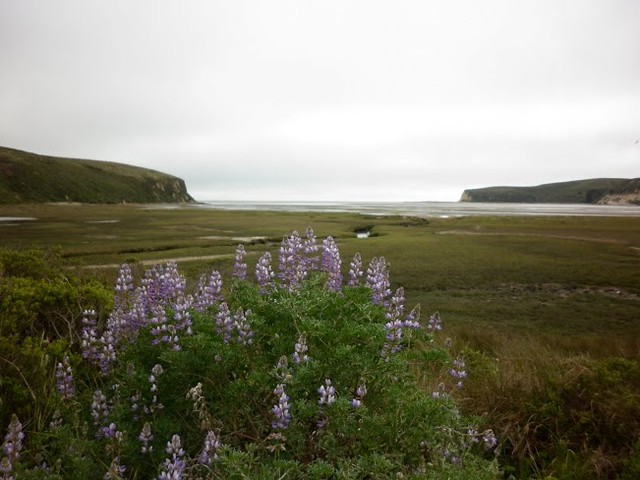
The beaches of the United States Pacific Northwest tend to be comprised of rugged cliffs continuously being carved out and washed away by the sea. The cliffs near Inverness in West Marin are full of ancient whale fossils, and are quite porous. As a result, large portions break off every time it rains, and new fossils are exposed which fall out of the cliff and onto the tiny beach below. Old fossils are continuously carried out to sea with the tide, and new ones continuously take their place as their rocky tombs dissolve.
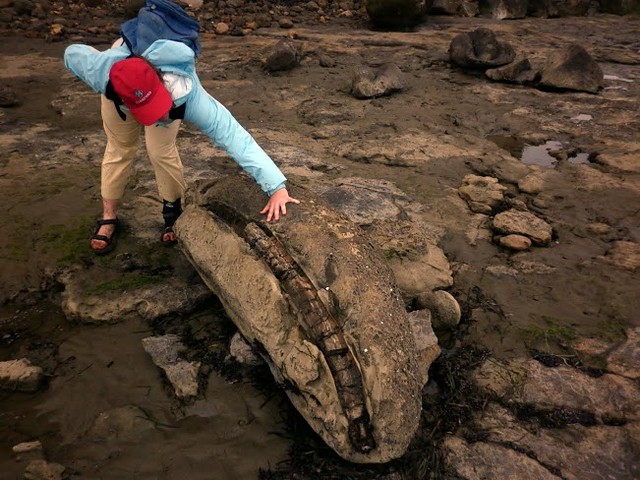
The good news is, you can visit this fossil spot several times and always see something new. The bad news is, if you find a favorite fossil and wish to visit it again, chances are it won’t be there when you return.
Most of the sturdiest and well-preserved fossils are ribs, but once I found a whale “hand” fossil extremely well preserved in terms of placement and whole bones. The phalanges and metacarpals were easily discerned. Another time, there were large segments of a skull just peeking out of the estuary that was only visible at low tide.

Since the fossils are stronger than the sandstone which encases them, they tend to be the structural nucleus of the boulders which break away from the cliff. Therefore, you will often see a boulder cleaved to reveal a bone fossil in one half, and its impression in the other half.
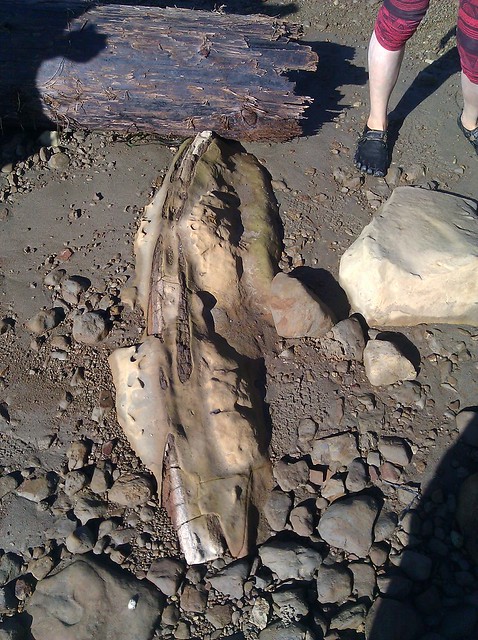
Amongst the 7 million year old cetacean fossils, you will also find plenty of fossilized marine sediments, mostly shells, which are closer to about 11 million years old.

Many portions of the trail have been obliterated by the numerous herds of (free range) cattle which live in the area, and every time I’ve gone fossil-looking I’ve encountered large groups of cattle. During low tide you can also see the old Drake’s Bay oyster farms, which are no longer allowed to operate and farm oysters due to environmental concerns. The long parallel structures which used to harbor the oysters are still out there in the water, though. The area also used to be a Christmas tree farm, so there are large clumps of non-native evergreen trees interspersed with the native evergreens. Basically, anything you can imagine humans farming has been farmed here on Estero trail, and there are reminders of this fact every two steps. But the fossils make it all worth it to me.
And now for some shots I took on Lomo redscale film during a fossil walk, because why not?


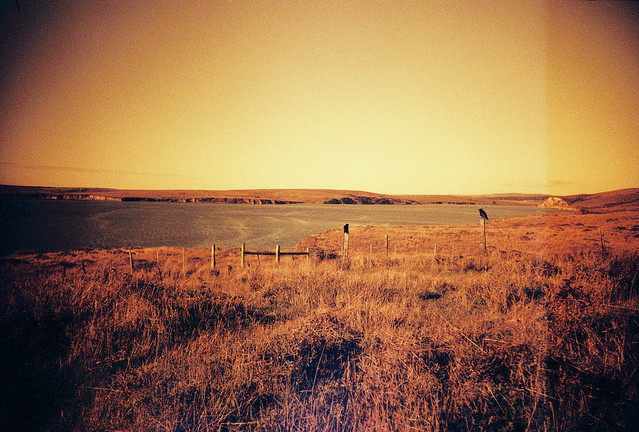

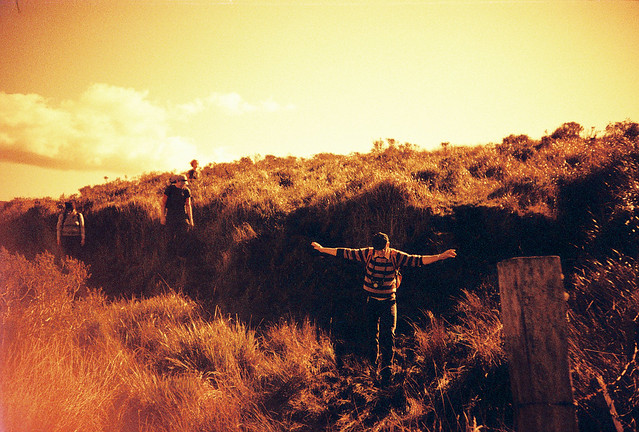

this is a fantastic article. and awesome photos. so evocative. I am a kayak guide in Inverness and I lead kayak tours on drakes Estero and I’m always on the lookout for fossils. Today I found a couple of bones embedded in concretions on the beach and a fairly large, maybe full-body fossil about 12 feet long embedded in one of the cliffs. I would love to know more about places to look and ways to find them if anybody knows. If you’re interested in Kayaking check out bluewaterskayaking.com.